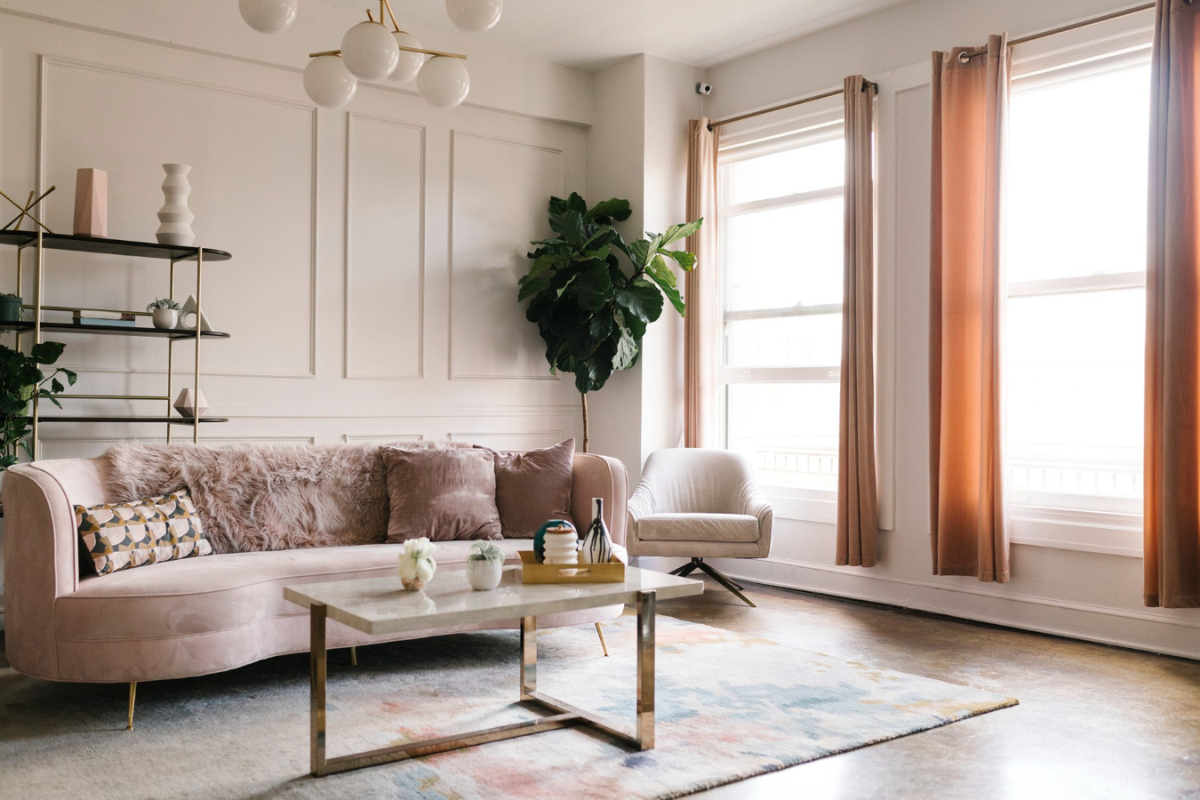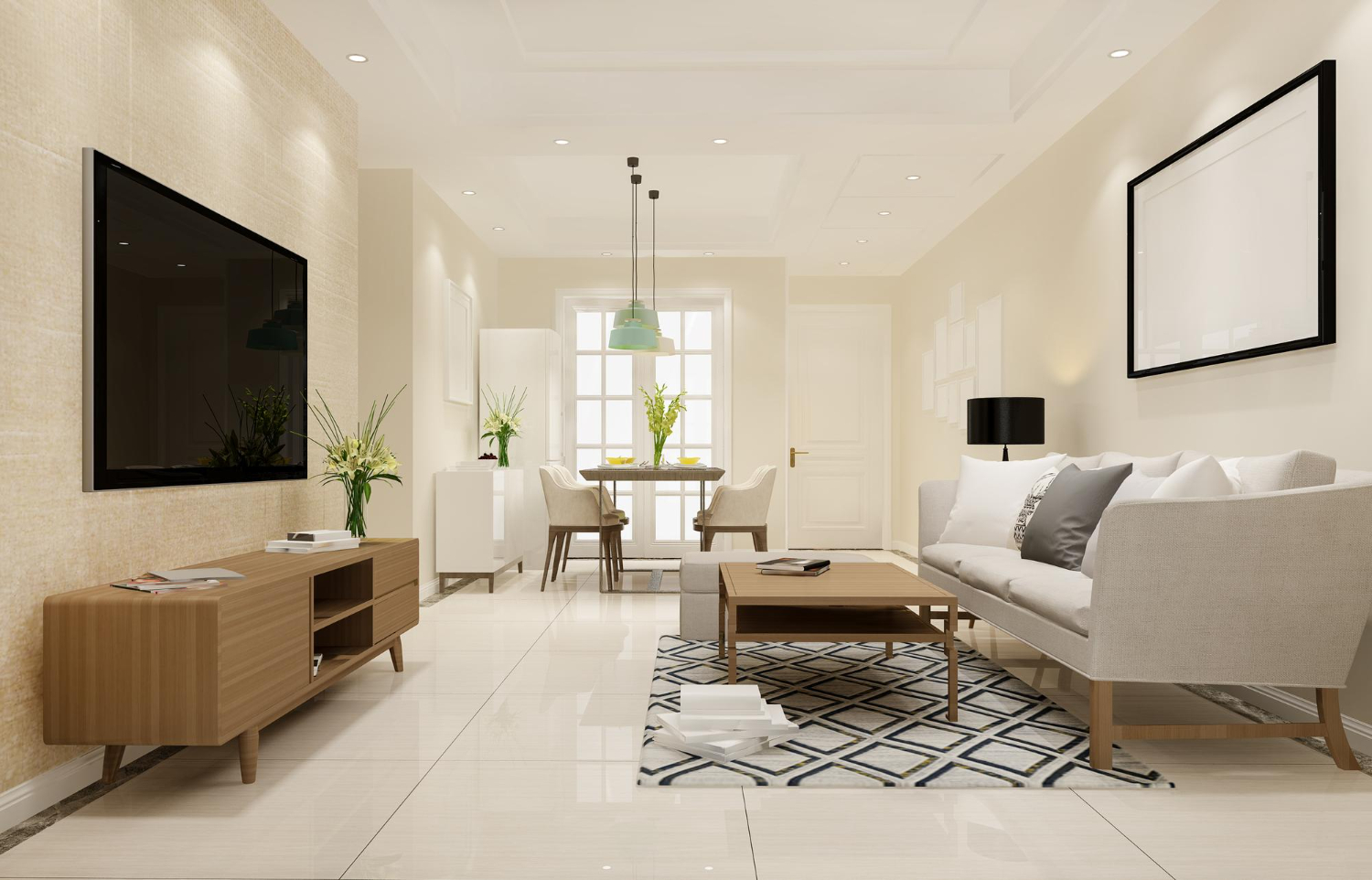
TOP 7 TIPS FOR CHOOSING THE GOOD INTERIOR PAINT FOR YOUR HOME
There are many factors you need to consider when choosing interior paint for your home. With some tips and tricks from USKOLOR experts, you can confidently decide on the interior paint color that you will stick with for years to come.
- Find inspiration
– Find inspiration from many different sources: If you don’t know what color or type of interior paint you want, you can search the internet, magazines or even take a walk around to get inspiration from nature. From there, create a collection of images, paintings or paint color samples that you feel suit your style.
– Ask yourself questions about your lifestyle and preferences: Do you like open and airy living spaces or do you like warmth and comfort? These questions will help determine your ultimate goal in choosing a paint color.
– Ask for opinions from family and friends: The opinions and suggestions of those around you will help you have more options and an overall view.
- Test paint samples in the room
To know if the interior paint color is suitable for the overall room or not, you should test paint samples first.
– First, choose a few paint samples that you are interested in and want to test.
– Prepare a test surface before painting directly on the wall. This can be a wooden board or a small section of the wall that you can paint a sample on to check the color and lighting effects.
Paint a sample wall and leave it for 24 hours to see the change in the paint color
– Choose a part of the room you are considering painting and paint the sample on it. Choose a location with plenty of natural light and where you can see the paint sample in different lighting conditions.
– Based on your feelings after testing the paint sample, evaluate whether the color and lighting effects meet your expectations. Then, you can decide which paint color is most suitable for your room.
- Invest in quality
Before deciding to buy interior paint, research and learn about the different types of paint on the market. This includes learning about the quality, ingredients, features, and effects of each type of paint.
Once you understand the types of paint, choose high-quality paint from reputable brands that are positively reviewed by consumers. High-quality paint may cost more, but it is a worthwhile investment to ensure beautiful colors and durability of the painted surface.
Don’t forget to check information about durability, paint fading resistance, water resistance, etc.
When evaluating paint types, consider the total cost, including the cost of paint and other necessary materials and tools. Sometimes, even though paint is cheaper, you may need to apply multiple coats or purchase additional products, which can increase the total cost.
- Based on the mood you want
Before choosing a paint color, determine the mood you want when you enter the room. It could be a relaxing, pleasant feeling or a fresh, dynamic feeling.
Colors can have a strong influence on our moods and emotions. For example, blue is often associated with peace and relaxation, while red can create a dynamic and vibrant feeling. Choose colors based on the mood you want to express in the room.
If you are not sure about a single color, consider combining several colors to create a rich and varied space. Use different colors for different elements in the room such as walls, ceilings, windows and doors to create variety and balance.
- Observe the change of light
If you are painting a sample wall in your home, observe how the natural light changes in the room throughout the day. This includes the intensity, direction, and color of the light at different times of the day.
In addition to observing natural light, consider how artificial light affects the color in the room. Experiment with different light sources such as fluorescent, LED, or colored lights to see how they affect the color of the paint.
Consider the changes in the light in the room throughout the day to see if the paint color is suitable.
- Based on the purpose of the room
Before choosing an interior paint color, clearly define the purpose of the room. The room can be used for many different purposes such as bedroom, living room, office, dining room, or children’s room.
– Based on the purpose of the room, choose the appropriate color. For example, if the room is used as a bedroom, you may want to choose soft and relaxing colors such as pastel blue or light pink. Meanwhile, if it is a working room, you may want to use dynamic and bright colors such as yellow or orange to enhance creativity and dynamism.
– You also need to choose a glossy, matte, semi-gloss paint line based on the function of the room. For example, for the kitchen or children’s room, you should choose a super glossy paint for easy cleaning.
Each room has a different purpose and needs to choose the right interior paint
- Based on the design of the house
Start by analyzing the design style of the house. Consider factors such as architecture, architectural features, and existing interior style to better understand the nature and characteristics of the living space.
Choose a paint color that matches the overall design style of the house. If the house has a classic architecture, you may want to choose traditional and classic paint colors. Meanwhile, if the house has a modern style, you may want to use bright and sharp colors.
Use paint colors to honor and highlight the unique features of the house. For example, you can paint a contrasting color on windows, doors, or special architectural details to highlight them.
Thus, USKOLOR has given you advice on choosing interior paint from experts. Don’t forget to follow USkolor to update the latest information.






